Created in 1925, the speed square was invented by Albert J. Swanson. For the last 90 years, the speed square has become a carpenter’s best friend. This nifty little tool makes a great companion for those who love to build and do-it-themselves. This article will take a look at some of the common techniques and tips, tools and hacks to ensure you get the most out of your speed square.
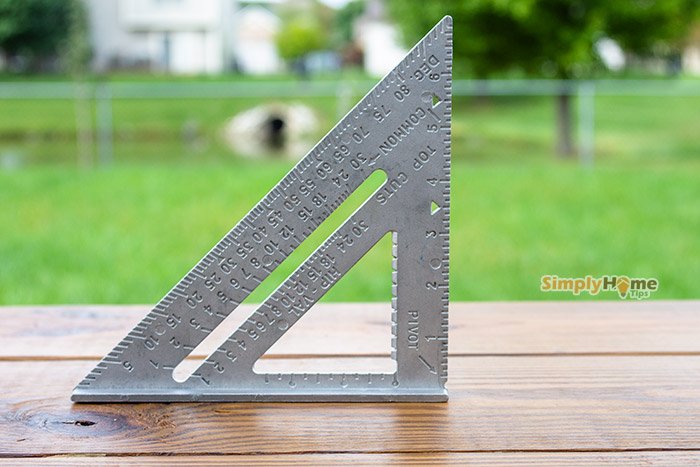
A common misconception is that speed square can only be used for 90 and 45-degree angles. However, speed squares can also be utilized to determine a roof pit, guide a circular saw and mark cuts from all degrees. This tool is remarkably affordable especially considering how useful they can be.
Roof Pitch
The speed square can be used to find the pitch of a roof with a fairly painless and remarkably simple technique. Simply place the pivot point of the speed square against the roof shingles, then use a torpedo level on the larger or fat side of the square. Once adjusted level the torpedo out until it can be read as level. Finally, the roof pitch can be read on the side of the square.
Angle Marking
As mentioned above, too many people fail to realize that the speed square can be used to mark various angles, including odd angles such as 33-1/2. To use the speed square to mark any angle simply line up the rafter square shows the angle you seek on the edge of the board. Then, mark it. It is really that easy.

Guiding a Saw Cut
One of the most remarkable things a speed square can do is help with guiding your saw cuts. The thick plastic speed squares can be lined up perfectly alongside your circular saw to guide 45 and 90-degree angles.
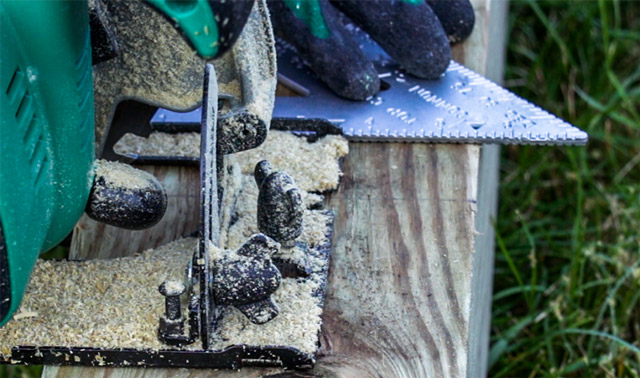
Squaring Lines
The speed square can also be used to square lines. Many speedy squares offer a cutout along the ruler side of the square to ensure that your lines are perfect. You can use this cutout to make a notch or birdsmouth for work such as rafter repair and replacement.
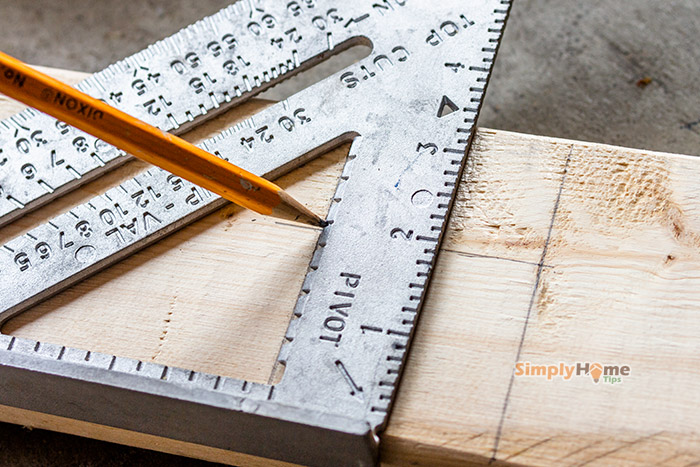
Circle
Amazingly, you can use a speed square to draw circles. This is a technique many people do not realize. Simply place a screw at the 90-degree angle on the board, pick a notch for the circle, and then you can move the speed square and the pencil around the screw to create a circle.

Center of a Circle
The speed square can be used to help a carpenter find the center of a circle. To utilize this technique you will need the aid of a carpenter square alongside the speed square. Once you have your circle draw or cut, you can place the carpenter square on the edge of your circle. Then, take the angled side of the speed square and place it inside the corner of your carpenter square. Use a pencil to draw a line, repeat on the opposite side as well to see the center of the circle.
Measure Your Saw Blade
Another added bonus and trick that your speed square can utilize is its ability to measure your saw blades. Saw blade angles have a tendency to get out of line over the years, simply from use. You can quickly check your saw blades by laying lipped fence on the shoe. Get it as flat as you can and take note if it does not seem even with the speed square.
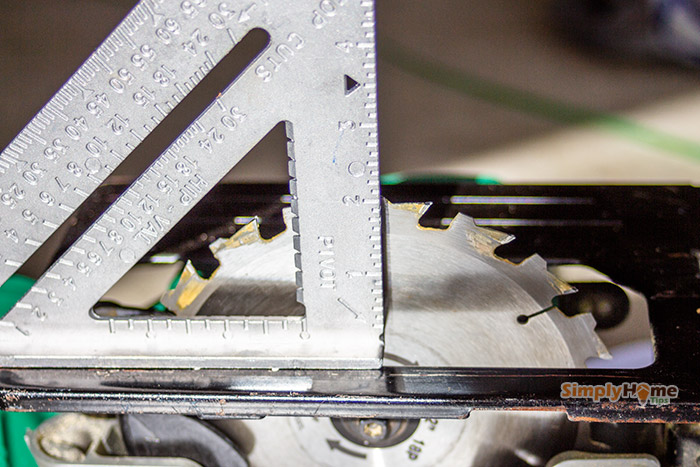
Reading Your Speed Square
Many newcomers to the speed square can feel overwhelmed and confused on how you should read it. Since we have learned all the techniques that the speed square can be utilized for, let’s take a look at how one can correctly read a speed square.
Now, I know, the speed square looks a lot like a triangle. Though, there is a reason we call it a speed square and not a speed triangle. According to its definition, a square has four even sides all of which are 90-degrees. The speed square only has one single 90-degree angle, however, it’s number one purpose is its ability to quickly and efficiently define a square line, simply put, a 90-degree angle that leads to the board’s edge.
There are three major aspects of the speed square.
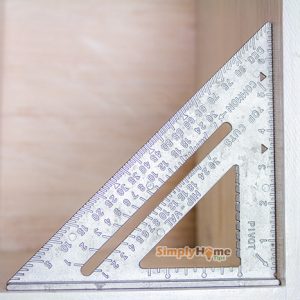
- LIP: You can find the lip along the left side of your speed square. The lip is the section of the speed square that is wider than the other parts. The lip is used to give the user a reference point. This wider edge makes it easy to attach to the side of a board.
- PIVOT: The pivot can be found in the bottom left-hand corner of your speed square. The pivot point is used to mark other angles besides a 90-degree. This pivot point can be rotated to mark other angles.
- HYPOTENUSE: We have all heard this phrase in school. The hypotenuse is the long side of a triangle. The same goes for our speed square. This is the side in which the user would degree the degree scale.
Reading the Degree Scale
In order to read the degree scale, hold your speed square against a 2×4 board. Hold your speed square so that the lip section of it is flat against the long area of your 2×4. You want your square to lay against the face of your 2×4 board. The edge should be square with the lip of your speed square. It should run across the face of the 2×4 to form a 90-degree angle.
Now, it is important to note that the pivot point will stay and the hypotenuse section of your speed square will move.
In order to read your angle, look at where the edge of the 2×4 passes through the area of your degree scale. The number located at that point is your angle. Mark it with a pencil. Be sure to draw your line out of the pivot point and not along your hypotenuse.
Reading the Common Scale
Reading the common scale is the same as reading the degree scale. Simply be sure that you are looking at the correct section. The common section is marked as such. The common scale has a range of numbers from 1-30.
The common scale is typically used to read the pitch of a roof. Roofs are typically not measured in angles but rather pitch. Pitch is known as ‘rise over run’. ‘Rise’ is the particular distance up from something, while ‘run’ is a particular distance along something.
No matter what you are building, creating or fixing, a speed square is something that cannot be matched. There are many techniques available for measurement in terms of the speed square. However, the most utilized speed square measurements are done with the common and degree scales. The more comfortable you get using one, the more familiar you will become with the many things it has to offer.
Speed squares can be purchased through most home improvement stores for a reasonable price. Always ensure that you are buying the correct type of speed square by asking someone who works at the location of purchase, or by reading about it through the manufacturer.
Leave a Reply